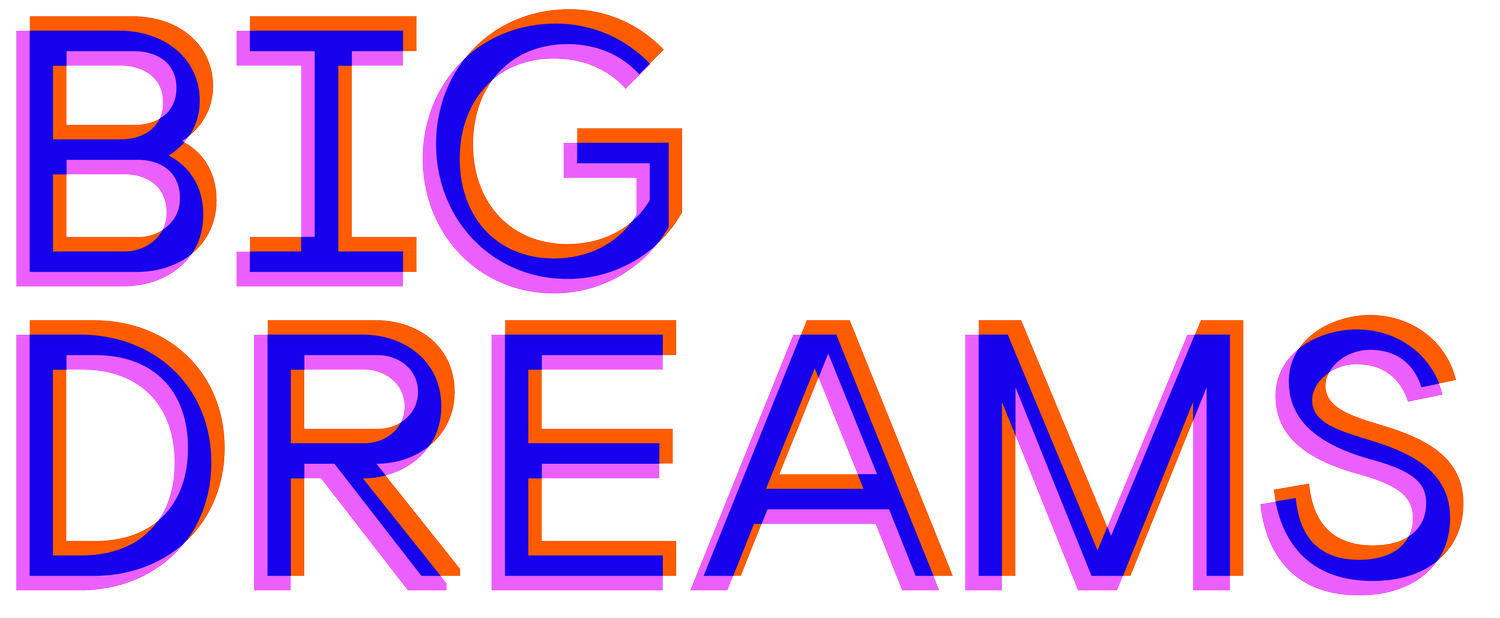Envisioning Information Service
How might we interact with connected homes of the near future?
In a world where computing is becoming seamlessly integrated into our everyday lives, information and services can show up to support our domestic functions in myriad ways. When Amazon UX Lab wanted to envision the next generation of smart home technologies, we applied speculative design methodologies to generate future scenarios that frame use cases in relatable human stories. These scenarios explore a range of possibilities for the role of visual information in domestic situations, and how interaction design is evolving to enable a variety of modalities for “ambient interfaces.”
Research the possibilities
We anticipate that in the near future the pervasive digital intelligence that surrounds us in our daily lives will make our devices and displays work better together. Creative use of materials and technologies will allow many functions we currently access on phones, tablets, computers and TVs, to break free from these devices and become embedded in objects, furniture, architecture and environments. Creating positive and tasteful visions for such a future requires us to be sensitive to the needs and values of the humans who may inhabit that world, including their needs for rest, health, play, for connection with family, and seamless services delivering contextually relevant information.
Start with the outcome intent
Blending research on emerging technologies, market forces and evolving culture trends, we explored plausible scenarios at the intersection of novel consumer technology and targeted user personas. The goal was to use storytelling as a tool to calibrate a deeper understanding of near-future displays and interaction modalities in supporting a variety of everyday uses for mainstream customers.
By deliberately not using technology as a starting point, but instead looking deeply at the home from a human-centered perspective, we were able to discern a set of guiding principles for designing with respect for the feeling of home.
Illustrate the value proposition
Developing visions for technological interventions is best guided by consideration for the desired outcomes we seek from the experience. Our research provided six guiding questions that elevated human values as the impact goals for concept ideation.
What if we could be better homeowners?
What if our house had superpowers?
What if we never had to look at a screen again?
What if we got the most out of every day?
What if home helped us be better caretakers?
What if home was an extension of our identities?
BIG DREAMS presented visionary answers to these questions, as detailed situational narratives with storyboards and a breakdown of related trends, personas, design principles, and underlying technologies.
This speculative design exercise allowed Amazon to use research-based, creative storytelling to anticipate near future opportunities that inform their product development strategies. Envisioning integrated services as ambient interactive experiences in connected homes of tomorrow requires a human-centered approach to the utility and value of the concepts. BIG DREAMS’ background in strategic innovation, industrial design, experience design and emerging technologies was ideally suited to delivering on this exploration.
Client: Amazon UX Lab, an advanced concept design team within Amazon's Device Design Group
Team: Jae Yoon Myung, Avantika Velho, Laila Aukee, Alyssa Bishop, Jack Lenk, Nick Scappaticci











